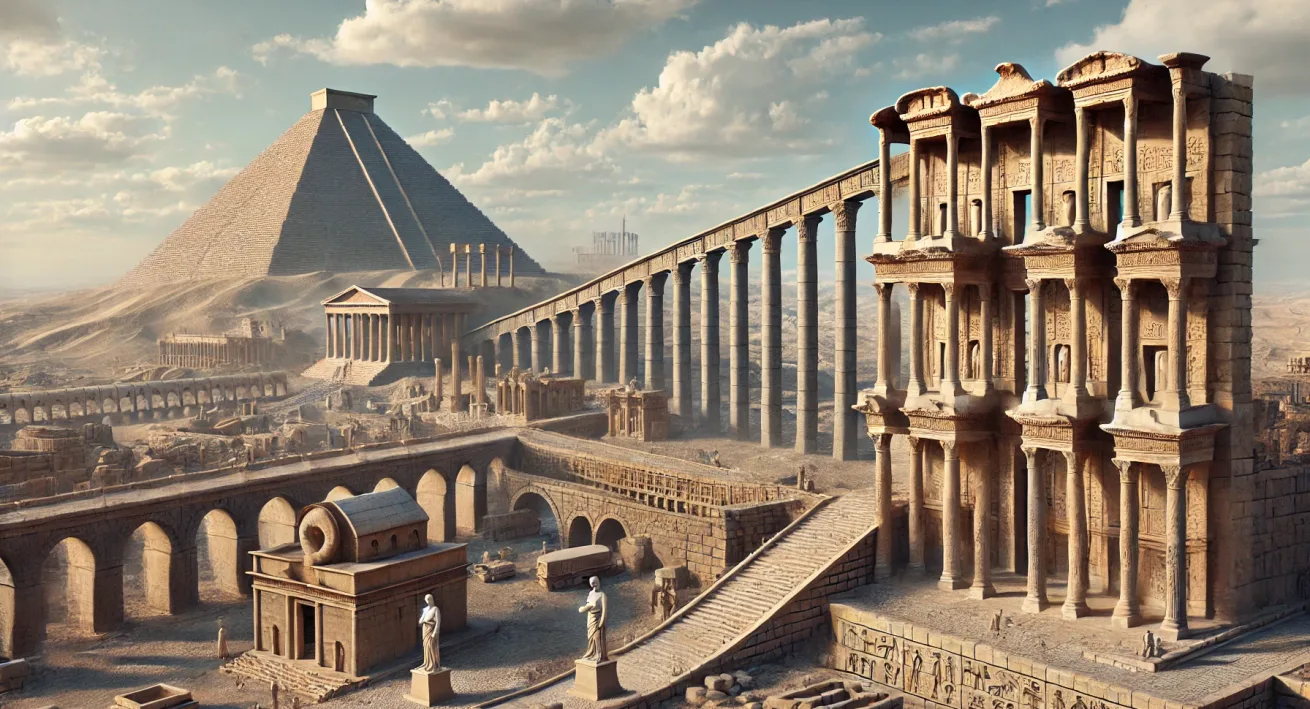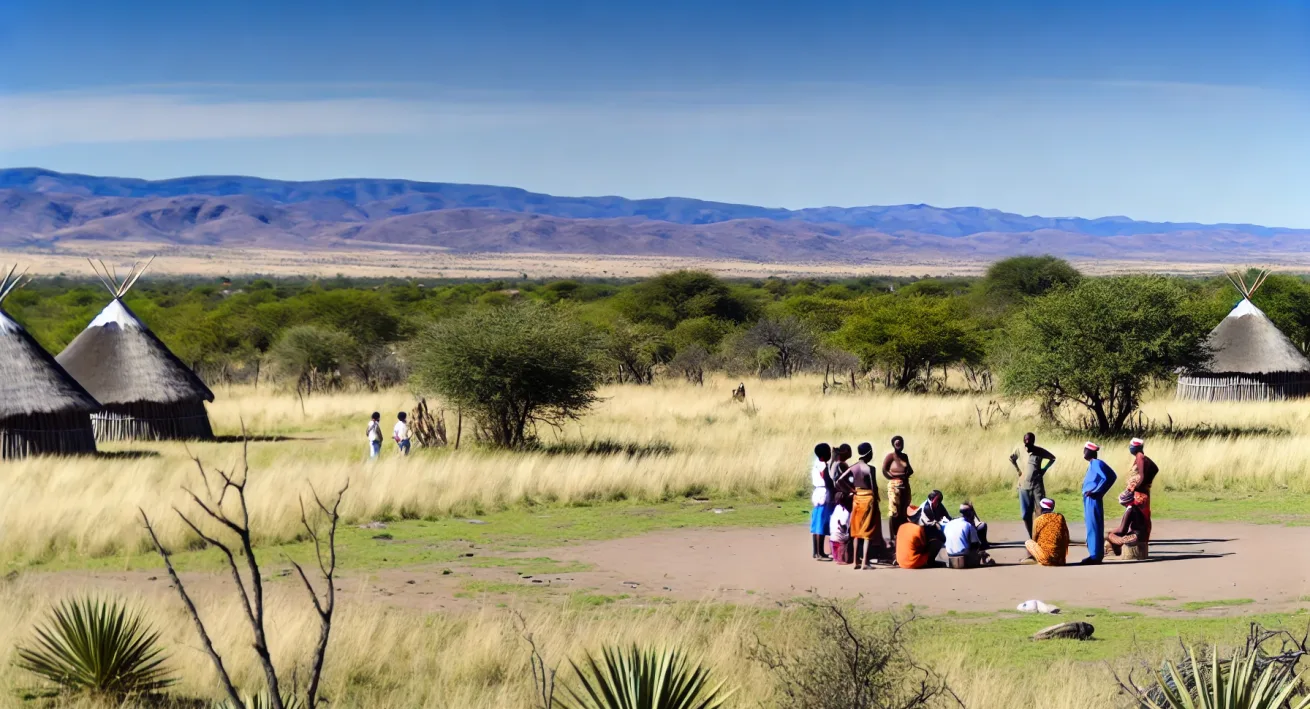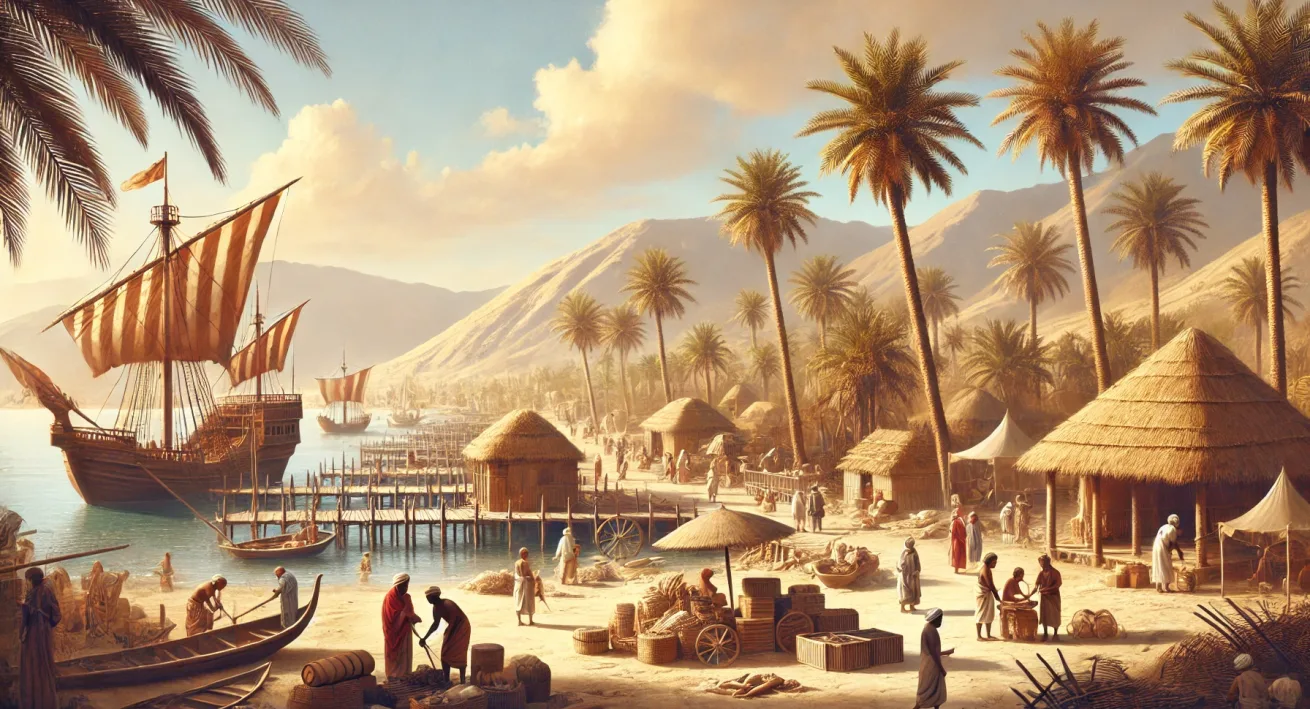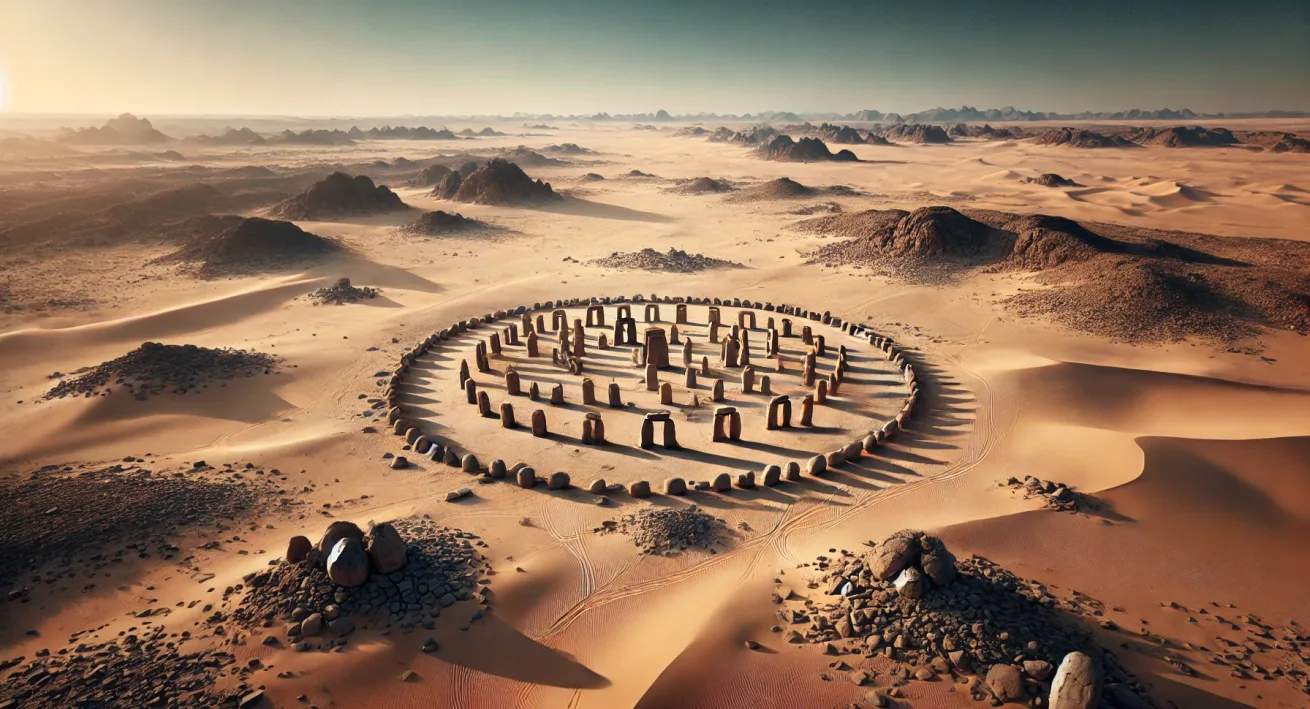São Tomé and Príncipe is a haven of untouched natural beauty, brimming with landscapes that remain a secret to most of the world. This small island nation in the Gulf of Guinea is home to some of the most extraordinary natural wonders that are perfect for nature enthusiasts and adventurers alike. From pristine beaches to lush rainforests and majestic mountains, the islands offer a plethora of hidden gems that are waiting to be explored. In this article, we’ll dive deep into the unseen nature gems of São Tomé and Príncipe, uncovering the true beauty that lies beyond the ordinary travel experience.





